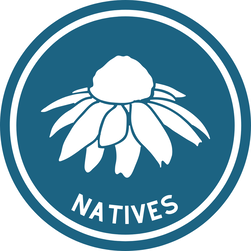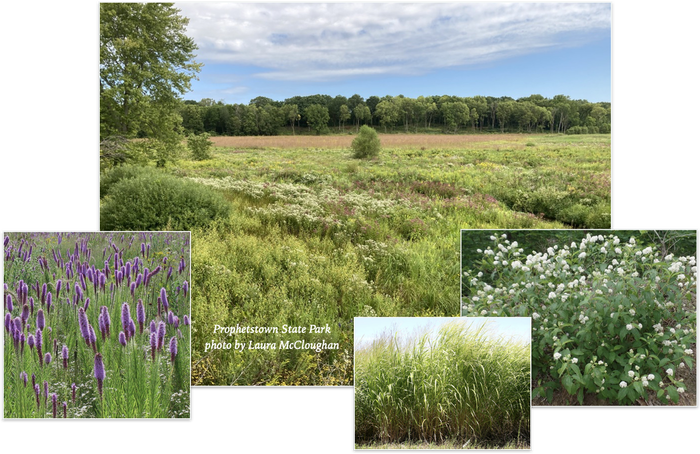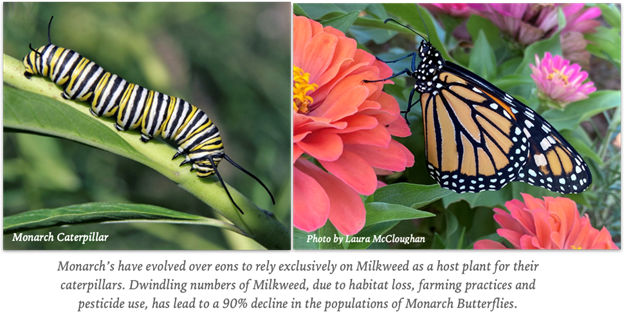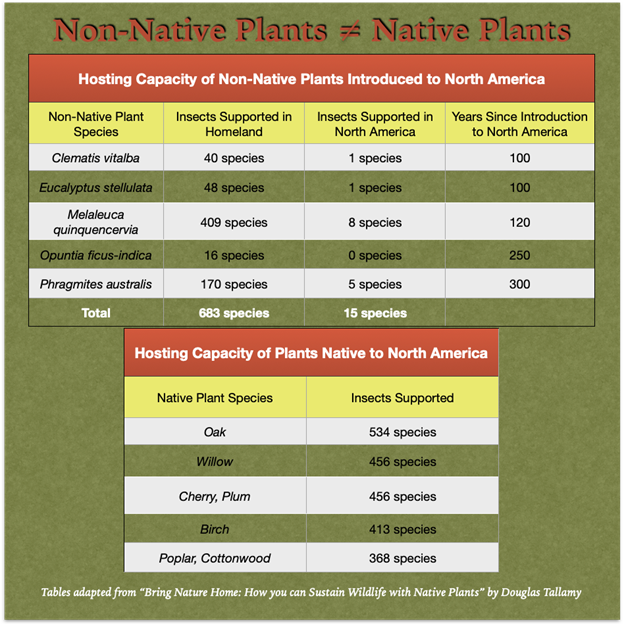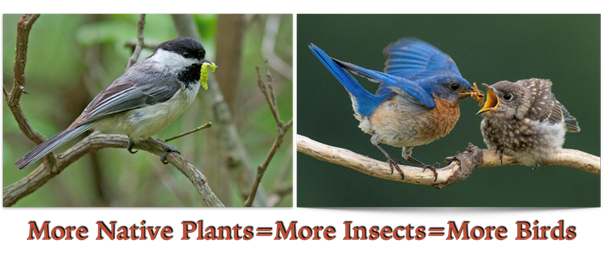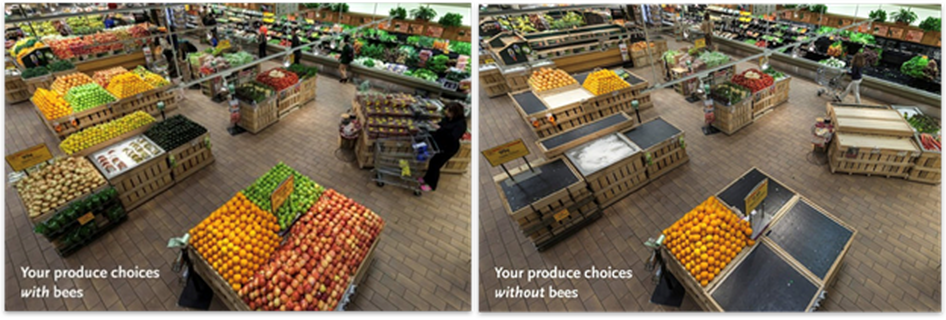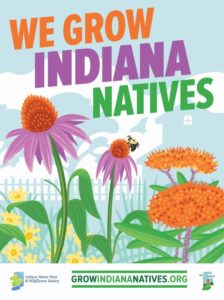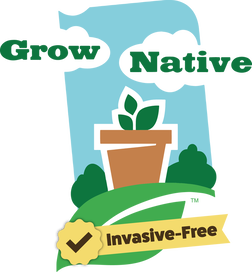Grow NativesThe variety of native plants species found in Indiana is vast and diverse. Consisting of trees, shrubs, forbs (herbaceous annuals and perennials), grasses, sedges, fern and bryophytes (mosses and liverworts), these native species are found in a wide range of plant communities such as woodlands, prairies and wetlands.
What is native? A plant or animal that has evolved in a given place over a period of time sufficient to develop complex and essential relationships with the physical environment and other organisms in a given ecological community (Darke & Tallamy, 2014). The key here is relationships between the environment and organisms. Native plants are critical parts of food webs for our wildlife and pollinators -- native plants are the backbone of our ecosystems. Invasive plants might be valuable parts of the food chain in their native lands but, despite being in North America for along time, are not valuable food sources for native wildlife. |

